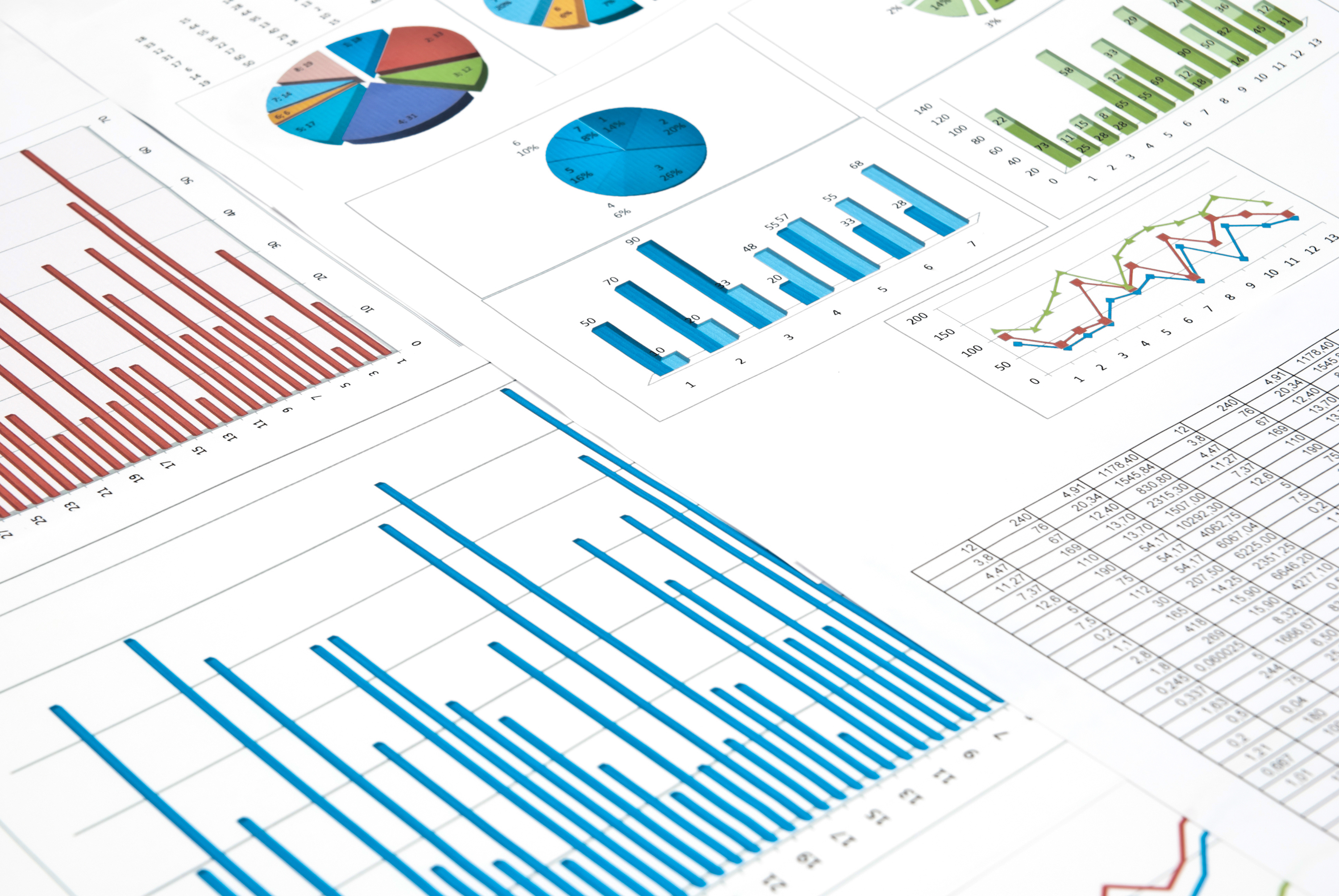The Agency’s new Data web area is now live. It contains data tables and country background information from the 2012/2013 school year, which were collected during the 2014 European Agency Statistics on Inclusive Education (EASIE) activities. It presents the available quantitative and qualitative country information in an accessible, interactive and easily comparable way. A Methodology Report that places the EASIE work into a clear context has also been published.
Further EASIE information will be added as it becomes available. This will include the 2012/2013 data analysis report in early 2017, as well as the data series for the 2014/2015 school year.
The current EASIE work has built upon a series of Agency activities conducted since 1999. This was when the Agency first collected comparative quantitative data, which focused on the percentage of pupils identified as having special educational needs (SEN) and the percentage educated in separate special schools. Questions were later added about the number of pupils with SEN in special classes in mainstream schools and the number enrolled in inclusive mainstream settings. The quantitative data was accompanied by background (qualitative) information from countries, consisting of a description of the compulsory age phase, clarification of public/private sector education and the country’s legal definition of SEN.
The EASIE work has shifted away from the emphasis of the Agency’s past data collection. Instead of focusing on pupils with SEN in segregated settings, it examines all pupils in compulsory education and enrolment in inclusive settings. The work’s agreed goal is to provide individual country, comparative and aggregated data that informs country-level work on learners’ rights issues and informs debates on equity and access to inclusive education. Operational definitions of an official decision of SEN and of an inclusive setting were identified and agreed upon in order to make country data comparable.
For further information, please refer to the EASIE Methodology Report and explore the country data tables and background information.

